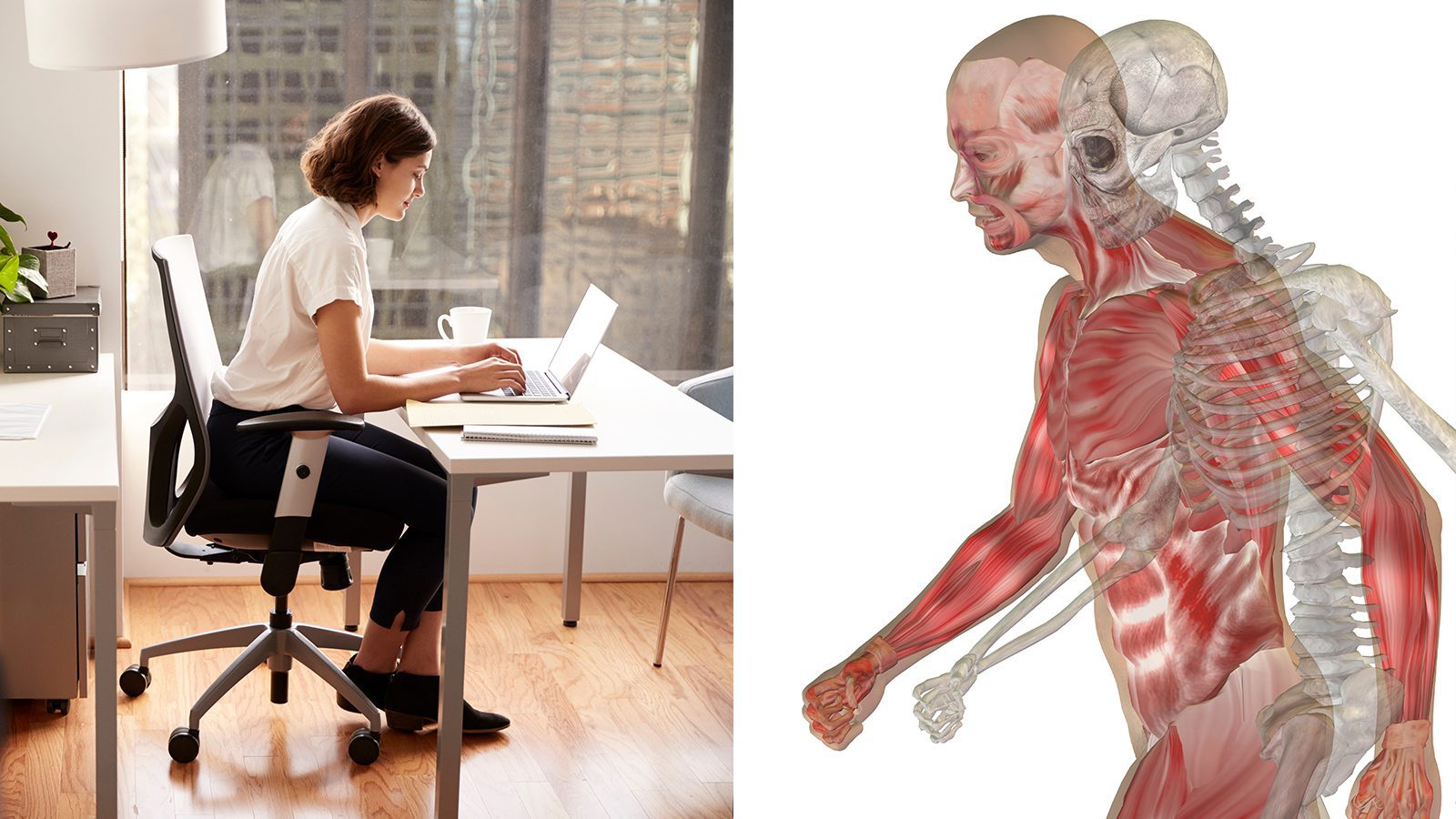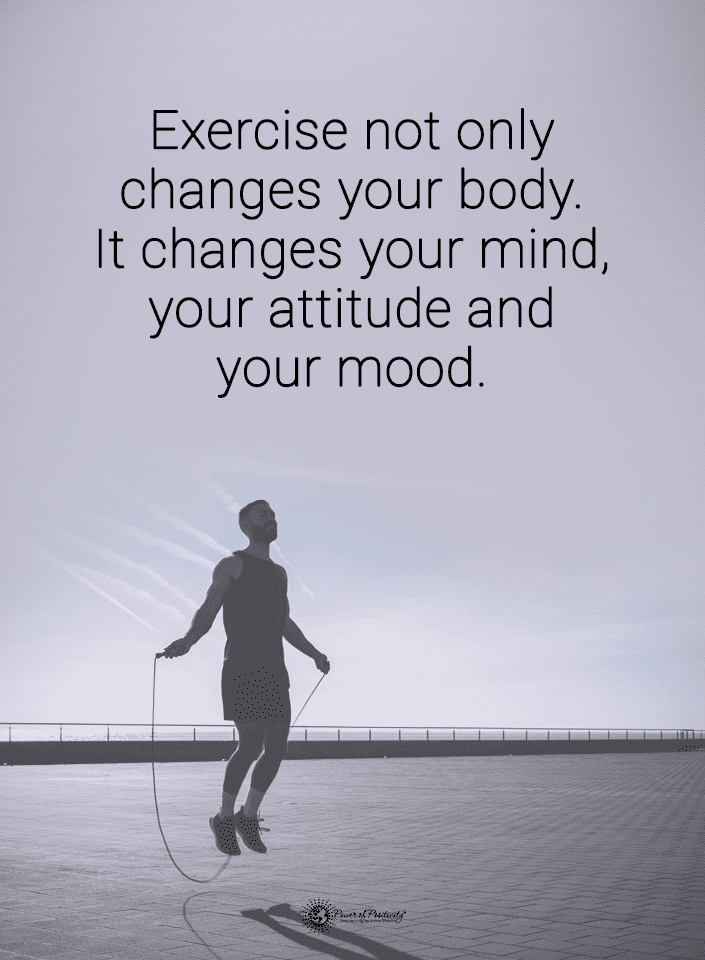Do you make it a point to walk during your breaks at work? You may not think twice about how often you stretch your legs, but it’s vital for overall health. Sedentary people have a higher risk of developing numerous diseases since the human body isn’t designed for prolonged sitting. But in the modern world where most people work desk jobs, it’s become an accepted part of life.
However, even if you sit most of the day, you can still incorporate exercise into your routine. Some people hit the gym before or after work, but walking throughout the day is also essential. Experts state that even avid gym goers need to remain active during the day to maintain optimal health.
We all know we should move our bodies more, but hectic schedules are not always feasible. Thankfully, a new study shows that walking five minutes per half hour can minimize the risk of health complications. That’s the least amount of physical activity required to offset the harmful effects of sitting all day.
Plus, most people would love to find any excuse to leave their desks for a few moments each day. Not to mention, taking frequent breaks can help you regain focus and motivation for your work. Below, we’ll delve into the groundbreaking study on why taking periodic daily walks is essential.
The Study on Why Sedentary People Should Walk Ten Minutes Per Hour
Most office workers probably already take breaks during the workday to refill a water bottle or grab a snack. But, they may need to get up more often to avoid the hazardous impacts of being sedentary. Doctors now prescribe walking ten minutes per hour to patients who must sit for prolonged periods.
The study by exercise physiologists from the Columbia University Irving Medical Center explains why walking more frequently is vital for well-being. Keith Diaz, Ph.D., associate professor of behavioral medicine at Columbia University Vagelos College of Physicians and Surgeons, led the study. It appeared online in Medicine & Science in Sports & Exercise, the American College of Sports Medicine journal.
While previous studies investigated the health effects of only one or two activities, Diaz’s study analyzed five different exercise options. First, the team had participants walk one minute for every thirty minutes of sitting.
Next, volunteers walked one minute after sitting for sixty minutes, followed by five minutes per half hour. Then, researchers tested the effects of walking five minutes every hour along with no walking for the final test.
“If we hadn’t compared multiple options and varied the frequency and duration of the exercise, we would have only been able to provide people with our best guesses of the optimal routine,” Diaz says.
The study took place in Diaz’s laboratory and involved 11 adult participants. The research team instructed them to sit in an ergonomic chair for eight hours, getting up only to walk or use the bathroom. During the study, participants walked on a treadmill and were monitored closely by Diaz and his colleagues.
The researchers frequently measured volunteers’ blood pressure and blood sugar to ensure their health remained stable. Participants could work on a laptop, read, and use their phones throughout the study. They also received regular meals throughout the day.
The Physical Health Benefits of Walking Regularly Each Day
Researchers discovered surprising results from the study: the ideal walk time was five minutes per half hour. Participants who walked this amount had dramatically lower blood pressure and blood sugar than other groups.
Also, the walking routine significantly impacted how the participants’ blood sugar responded to sizable meals. Walking helped reduce blood sugar spikes by 58% compared with being sedentary all day.
The optimal amount of movement, the researchers found, was five minutes of walking every thirty minutes. Only this amount of walking lowered blood sugar and blood pressure significantly. In addition, this walking regimen dramatically affected how the participants responded to large meals, reducing blood sugar spikes by 58% compared with sitting all day.
Finally, researchers observed that walking every half hour for one minute positively impacted blood sugar. However, walking every hour for either one minute or five minutes offered no health benefits.
But the team found that all four walking regimens had a substantial effect on blood pressure, reducing it by 4-5 mmHg compared with being sedentary.
“This is a sizeable decrease, comparable to the reduction you would expect from exercising daily for six months,” says Diaz.
Light Exercise Also Improves Mental Wellbeing
It’s well-documented that exercise enhances mental health just as much as physical well-being. Since the mind and body are intricately connected, any positive action will improve overall health.
In this study, researchers measured participants’ moods, fatigue levels, and cognitive performance throughout the testing period. They discovered that all amounts of walking, aside from walking one minute per hour, significantly reduced fatigue. Taking a walk regularly also led to remarkable enhancements in volunteers’ moods. However, none of the walking routines affected mental performance.
“The effects on mood and fatigue are important,” Diaz says. “People tend to repeat behaviors that make them feel good and that are enjoyable.”
The latest published study included participants in their 40s, 50s, and 60s, and the majority did not have diabetes or high blood pressure. The Columbia team wanted to expand their research, so they’re currently performing tests on a broader sample of volunteers. Also, instead of just four different walking routines, the new studies involve 25 various regimens.
“What we know now is that for optimal health, you need to move regularly at work, in addition to a daily exercise routine,” says Diaz. “While that may sound impractical, our findings show that even small amounts of walking spread through the work day can significantly lower your risk of heart disease and other chronic illnesses.”
The Robert N. Butler Columbia Aging Center of Columbia University helped support the research. The authors reported no conflicts of interest.
Final Thoughts on the Importance of Walking Five Minutes Per Half Hour
If you have a desk job, how often do you take breaks to walk, stretch, and refill your water bottle? You could probably stand to walk more frequently throughout the day when you think about it. Most people have regular lunch breaks but don’t make time for shorter recesses during the workday.
This study highlights the importance of walking at least five minutes per half hour, as it can lower blood pressure and blood sugar. Frequent walks can also boost your mood, enhance cognitive performance, and reduce the risk of myriad illnesses.

















 Community
Community

